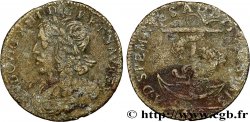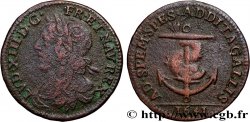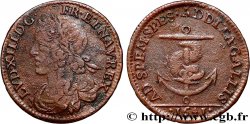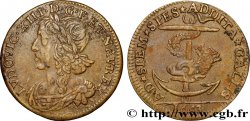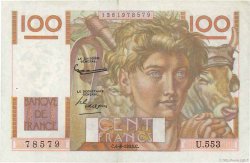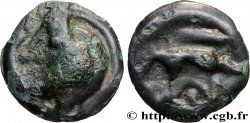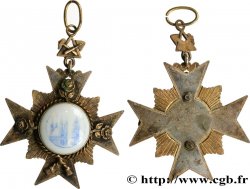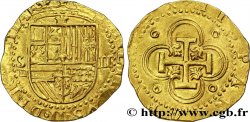70.00 €(Approx. 81.90$ | 60.90£)
Quantity
Add to your cart

Type : Naissance de Louis XIV
Date: 1638
Metal : copper
Diameter : 29,5 mm
Orientation dies : 6 h.
Weight : 8,99 g.
Rarity : R1
Predigree :
Exemplaire provenant de la Collection MARINECHE
Obverse
Obverse legend : LUDOVICUS XIII. FR. ET NAV. REX..
Obverse description : Buste de Louis XIII, à gauche, cuirassé et drapé ; une tête de lion ornant l’épaule gauche, la “moustache” tombant sur l’épaule droite ; au-dessous signature ID.
Obverse translation : (Louis XIII roi des Francs et de Navarre).
Reverse
Reverse legend : ORTVS. SOLIS. GALLICI..
Reverse description : Le jeune dauphin (Louis XIV), dans un char traîné par quatre chevaux conduits par la Victoire, laquelle vole au-dessus d’eux et, se retournant, offre à l’enfant une couronne de laurier ; au-dessous SEPT. V. MIN. XXXVIII/ ANTE MERID./ 1638 ; autour du type et encerclant le tout, les signes du Zodiaque.
Commentary
Ce jeton reprend au revers le type de la médaille pour la naissance de Louis XIV (Divo 2). Roman voit les lettres GD pour Guillaume Dupré au droit, il s’agit des lettres ID pour Jean Dassier qui a restitué ce jeton selon Henri de La Tour. Nous pensons plutôt que ces initiales ID sont celles de Jean Didier qui travailla à l’histoire métallique de Louis XIV entre 1673 et 1676.
This token has the same type on the reverse as the medal for the birth of Louis XIV (Divo 2). Roman sees the letters GD for Guillaume Dupré on the obverse; these are the letters ID for Jean Dassier, who restored this token according to Henri de La Tour. We rather think that these initials ID are those of Jean Didier, who worked on the metallic history of Louis XIV between 1673 and 1676.
This token has the same type on the reverse as the medal for the birth of Louis XIV (Divo 2). Roman sees the letters GD for Guillaume Dupré on the obverse; these are the letters ID for Jean Dassier, who restored this token according to Henri de La Tour. We rather think that these initials ID are those of Jean Didier, who worked on the metallic history of Louis XIV between 1673 and 1676.







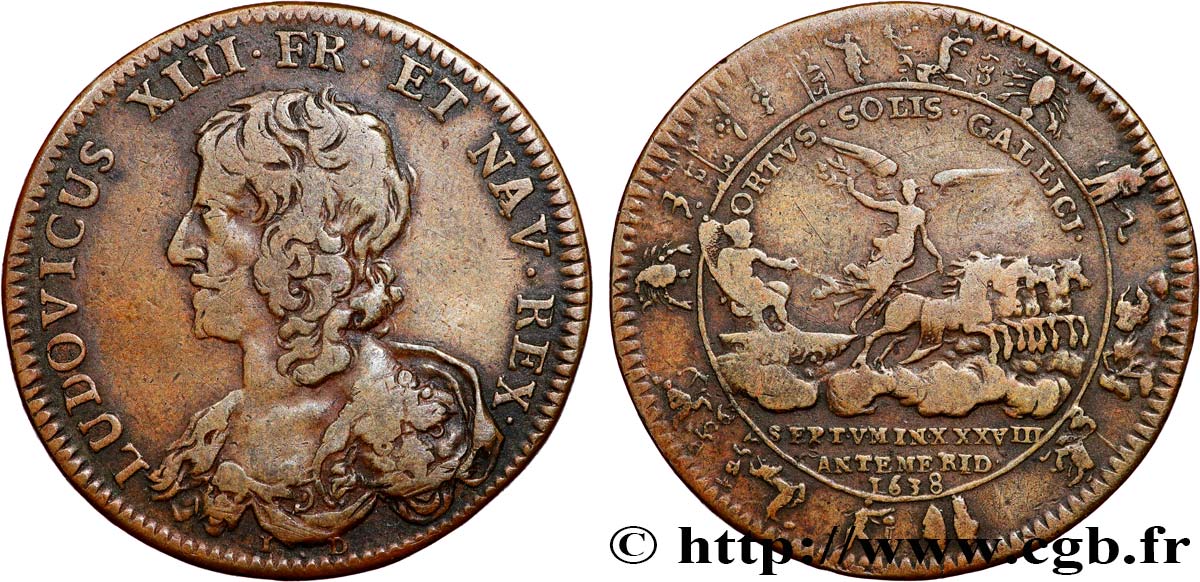
 Report a mistake
Report a mistake Print the page
Print the page Share my selection
Share my selection Ask a question
Ask a question Consign / sell
Consign / sell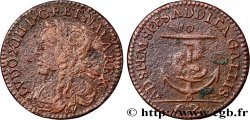
 Full data
Full data